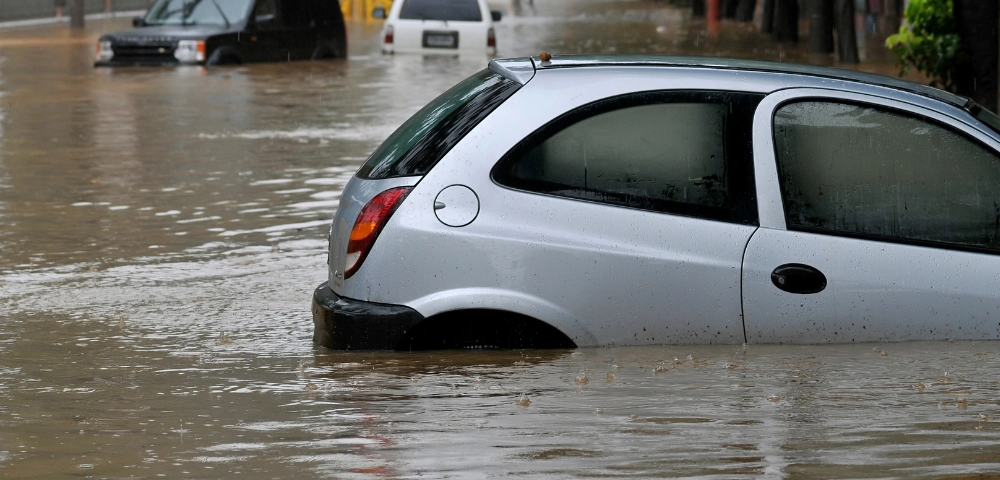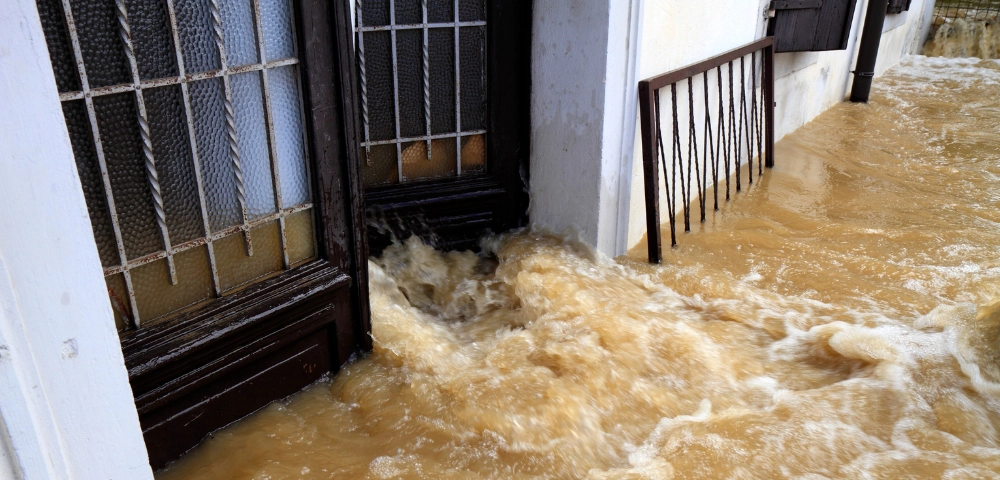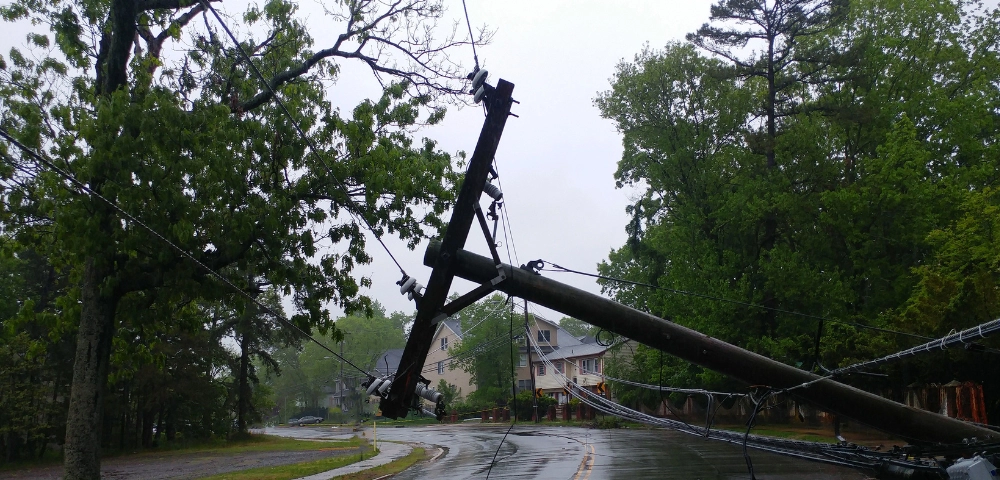As the world grapples with unprecedented climate conditions, the urgency of addressing climate change has never been more evident. Just this week, the globe shattered heat records for two consecutive day, underscoring the immediate impacts of our warming planet.
Aon's 2024 Climate and Catastrophe Insights Report delves deep into the evolving landscape of climate-related risks and catastrophes. This comprehensive analysis highlights the increasing frequency and severity of extreme weather events and examines their far-reaching economic and societal impacts.

Key Findings from the Report:
Record-Breaking Weather Events
The report documents a significant uptick in the frequency of heatwaves, floods, and hurricanes. These events are more frequent and intense, causing extensive damage to infrastructure and ecosystems.

Economic Implications
The financial toll of climate-related disasters is escalating. In 2023 alone, global economic losses from natural catastrophes reached an unprecedented $360 billion. This trend is driven by the increasing severity of events, urbanization in vulnerable areas, and the compounding effects of multiple disasters occurring in quick succession.
Regional Vulnerabilities
Certain regions are disproportionately affected by climate change. The report identifies vulnerable areas and emphasizes the need for tailored resilience-building and disaster-preparedness approaches.

Insurance and Risk Management
With rising risks, the insurance industry faces new challenges. Insurers are innovating to improve risk assessment and response mechanisms. The report discusses adopting advanced technologies such as AI and big data analytics to better predict and manage climate risks. Additionally, there is a growing focus on developing parametric insurance products, which provide quicker payouts based on predefined event parameters rather than traditional loss assessments. The industry also emphasizes the importance of collaboration with governments and other stakeholders to enhance overall resilience.
Impact on Türkiye and the Middle Eastern Area
The Middle East, including Türkiye, is experiencing significant climate impacts, characterized by increasing temperatures, water scarcity, and extreme weather events.
Heatwaves and Droughts:
The region has seen a rise in the frequency and intensity of heatwaves. Türkiye, in particular, experienced one of its hottest summers on record, exacerbating water shortages and straining agricultural productivity.

Water Scarcity:
Water scarcity is a critical issue for the Middle East. Climate change is intensifying the already limited water resources in the region, leading to conflicts over water use and affecting the livelihoods of millions.
Flooding:
Despite being predominantly arid, the region is not immune to flooding. Türkiye has faced severe flooding events, causing significant damage to infrastructure and homes, and highlighting the need for improved urban planning and flood management systems.

Agricultural Impact:
The agricultural sector in Türkiye and the Middle East is highly vulnerable to climate change. Shifts in precipitation patterns and increased temperatures are affecting crop yields, threatening food security, and impacting rural economies.
Policy and Adaptation:
Governments in the region are increasingly focusing on climate adaptation and mitigation strategies. Türkiye has been working on enhancing its disaster response mechanisms and investing in renewable energy sources to reduce its carbon footprint.
Addressing the Crisis
The insights from Aon's report are a clarion call for action. As heat records are shattered and climate risks intensify, policymakers, businesses, and communities must collaborate on sustainable solutions. This includes investing in renewable energy, enhancing infrastructure resilience, and fostering global cooperation to mitigate climate impacts.

In conclusion, the 2024 Climate and Catastrophe Insights Report is an invaluable resource for understanding the current state of our climate and the urgent steps needed to safeguard our future. 5






